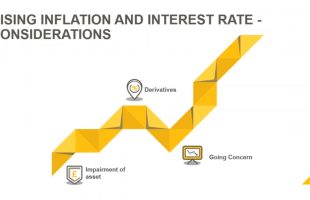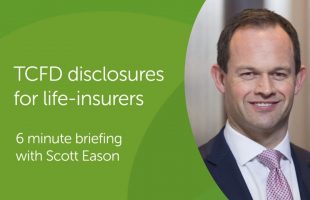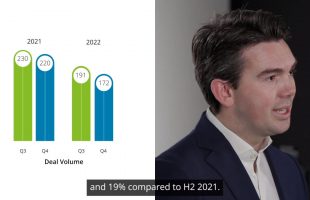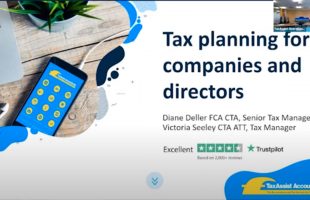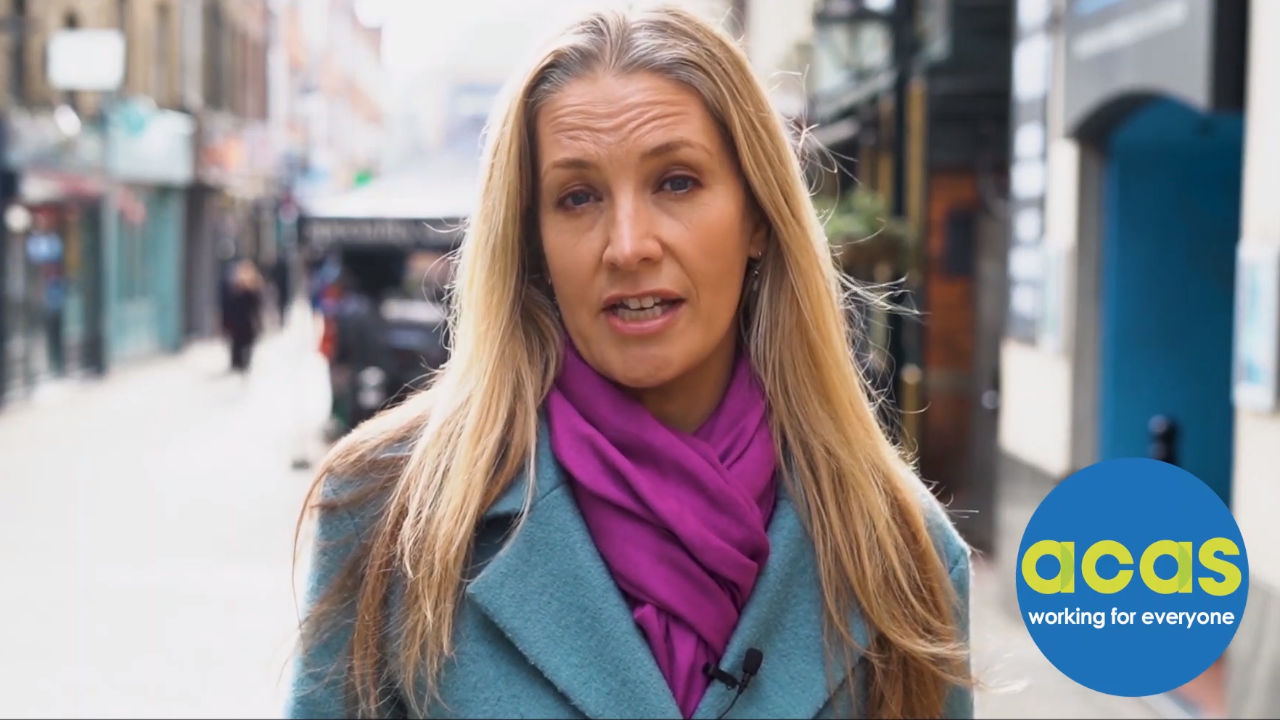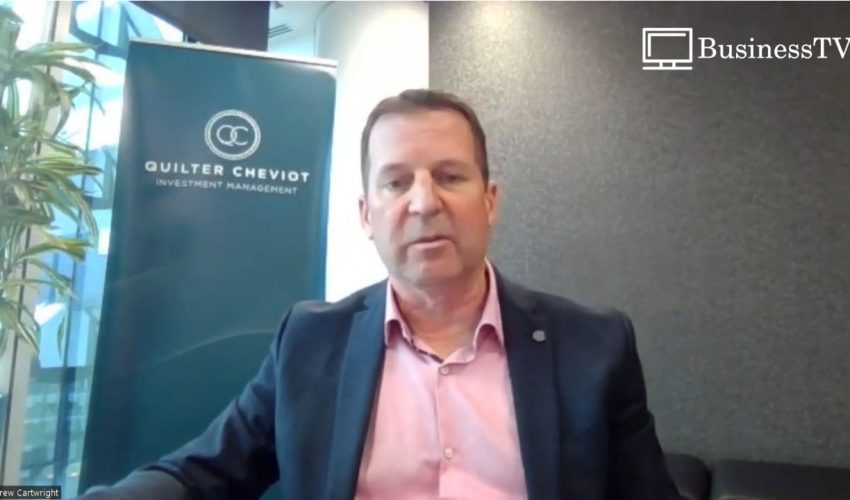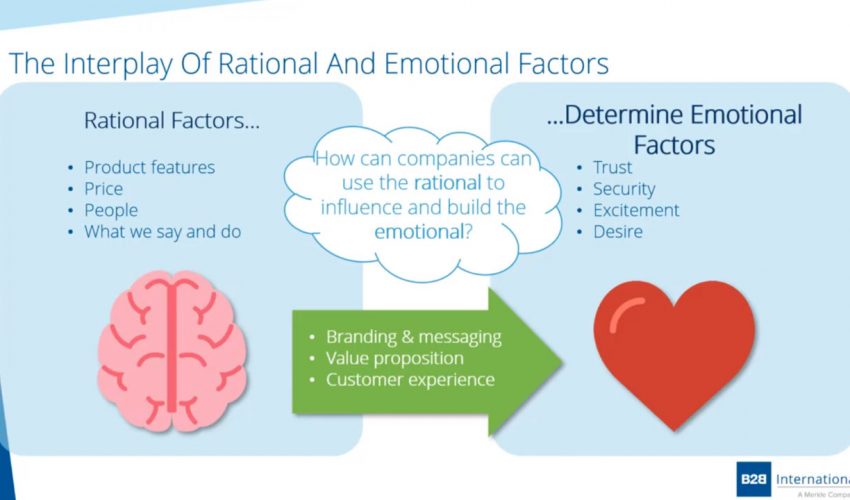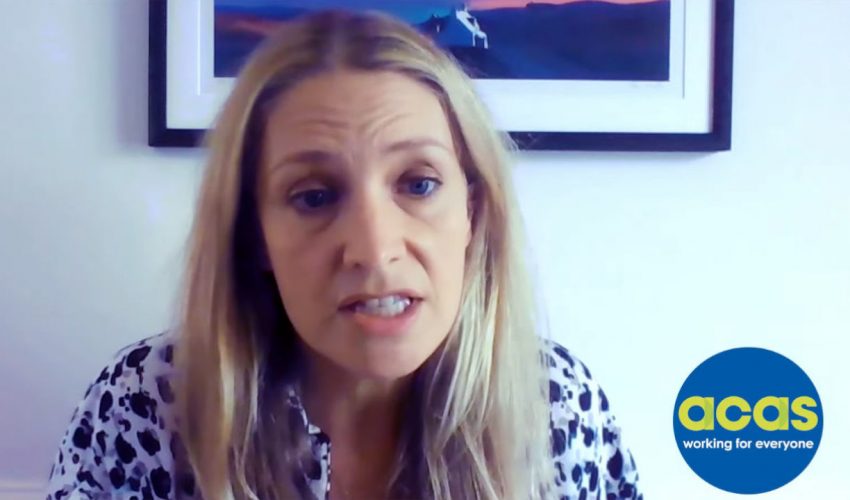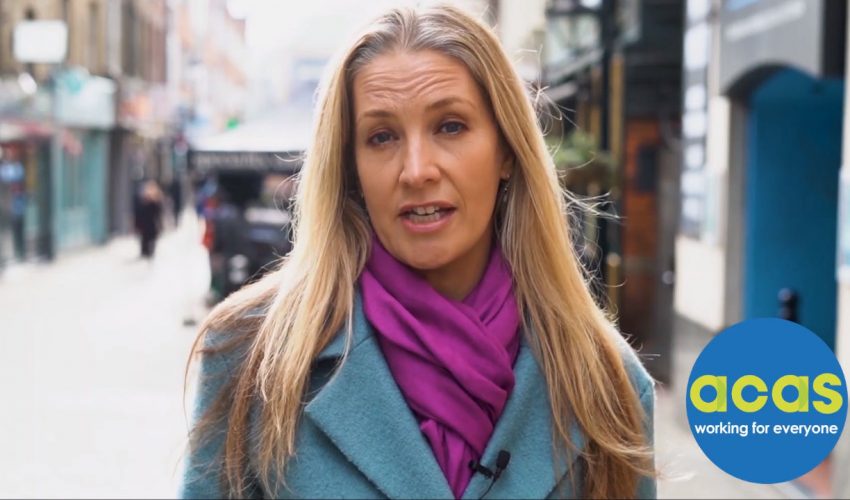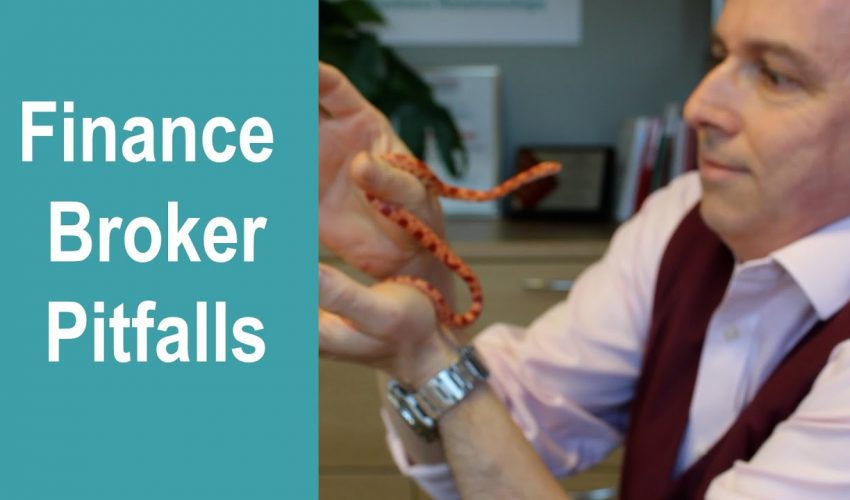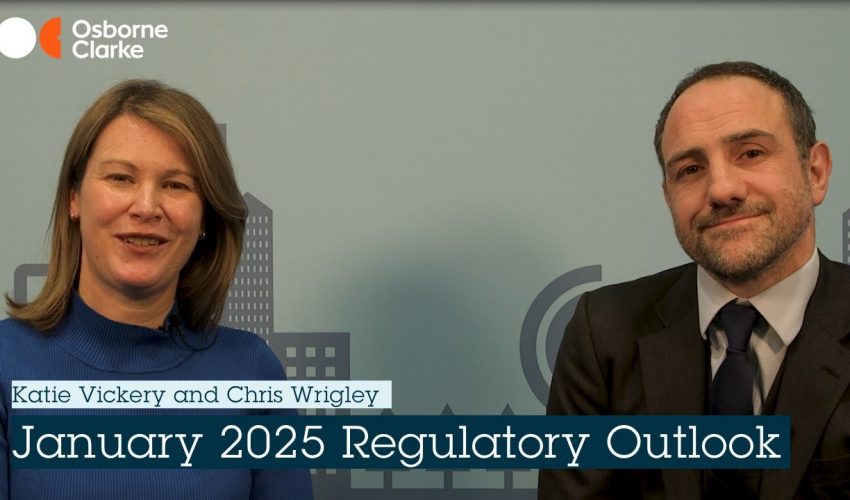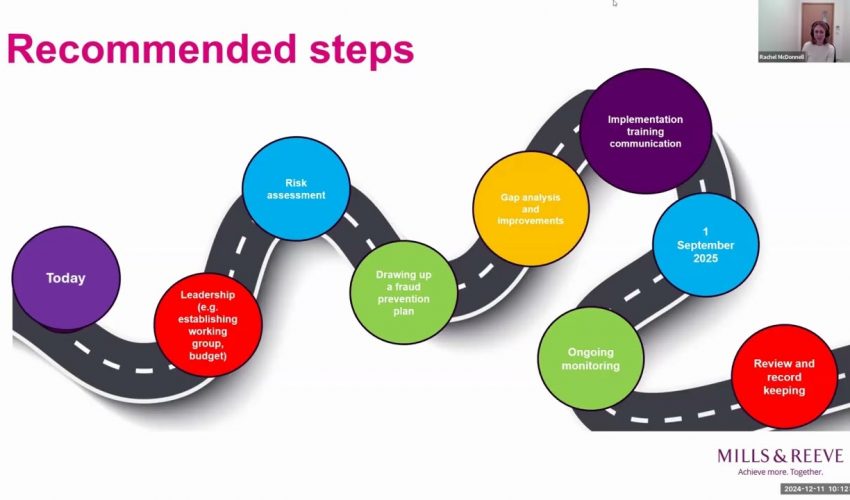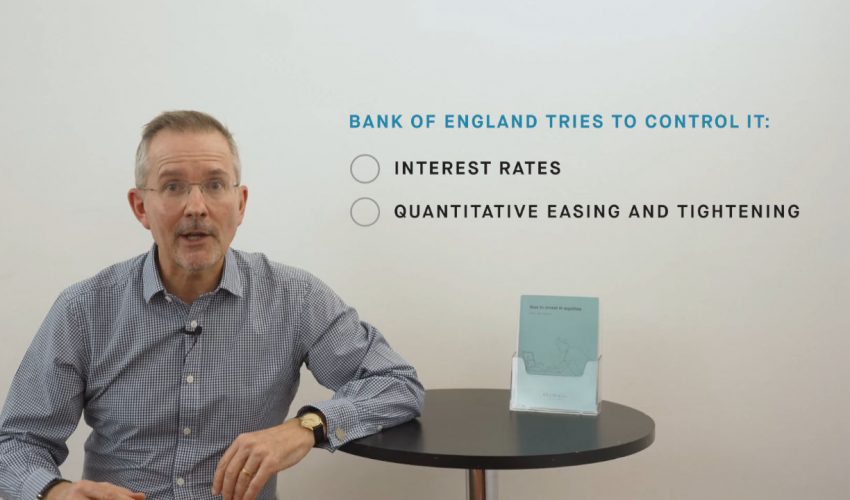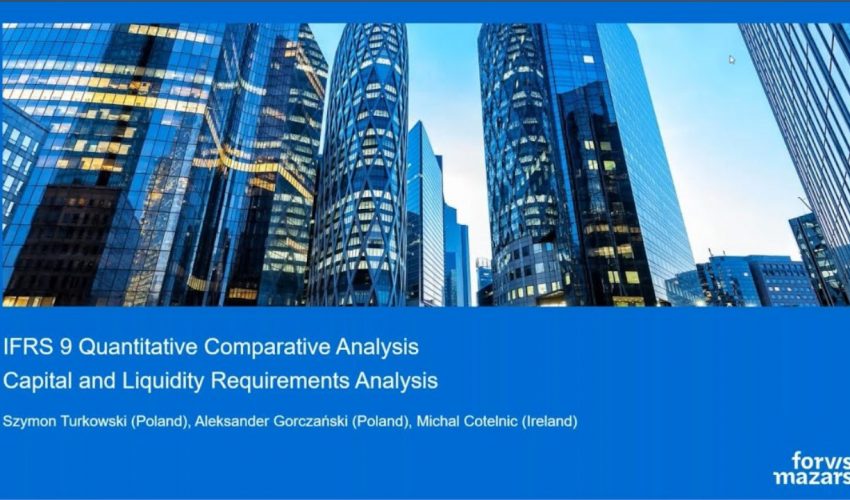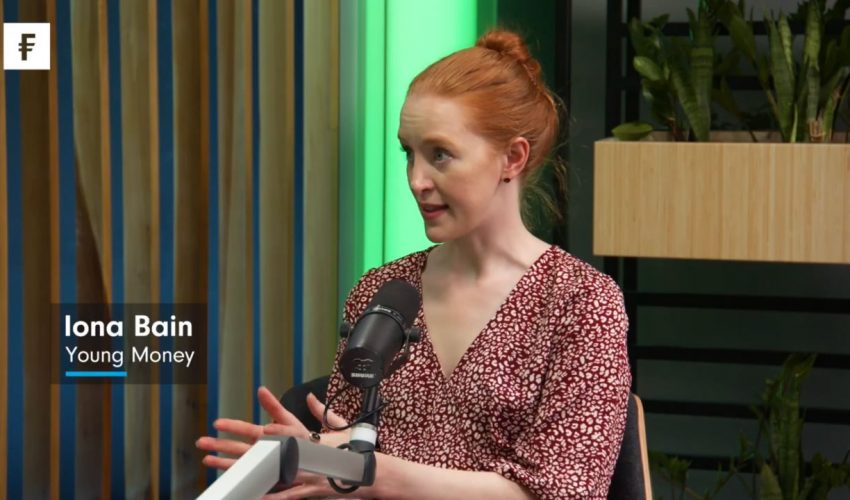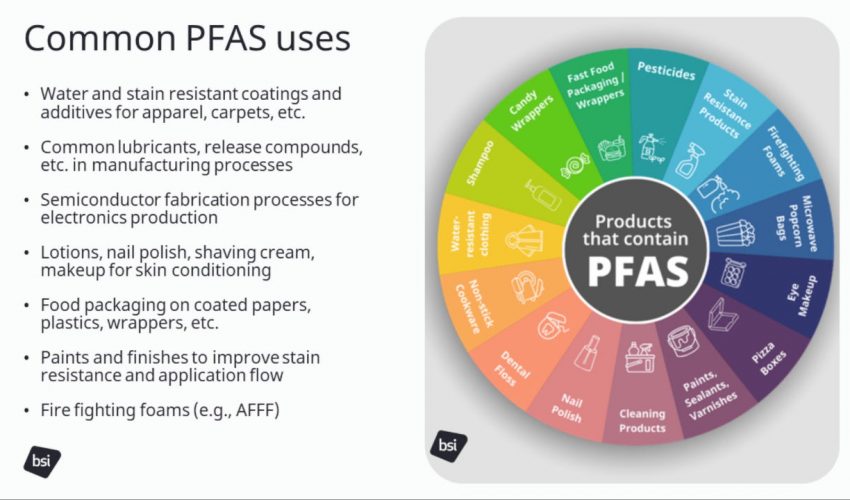Please get in touch with the team at Shoosmiths through this form

Partner & Author of this Article
New regulations are in force that require occupational pension schemes providing defined contribution (DC) benefits to demonstrate value for members or face consolidation.
The New Regulations
The Occupational Pension Schemes (Administration, Investment, Charges and Governance) (Amendment) Regulations 2021 (the new regulations) came into force on 1 October 2021. They add to the ever-growing body of DC governance requirements by imposing new reporting requirements in relation to investment returns and value for members. The new regulations are supported by statutory guidance (the guidance) which also came into effect on 1 October, and the Pensions Regulator has updated its own value for money guidance to reflect the changes.
Legislative background
More people are participating in DC pension schemes than ever before thanks to the closure of many defined benefit schemes and the introduction of auto-enrolment. The shift has placed DC governance has been firmly in the spotlight for a number of years now, and body legislation relating to DC benefits has been growing at an ever increasing rate.
In 2015, the government amended the Occupational Pension Schemes (Scheme Administration) Regulations 1996 (the admin regulations) to introduce minimum DC quality governance standards with the aim of ensuring that workers contributing to occupational DC schemes receive value for money for their pension savings.
The admin regulations apply to ‘relevant schemes’, which captures most occupational schemes providing DC benefits (including hybrid schemes), subject to a few limited exceptions. They require relevant schemes to produce an annual governance statement, more commonly known as the ‘chair’s statement’, demonstrating the extent to which governance requirements had been complied with, including in relation to the investment performance of the scheme’s default fund.
The new regulations build on the existing requirements in the admin regulations. They require relevant schemes to provide more information than ever before and require the trustees of schemes to demonstrate that their schemes are providing good value.
Investment returns
The new regulations require all relevant schemes to publish net investment returns (that is, annual returns after deduction of any costs and transaction charges) for both the default fund and each self-selected fund.
This information will need to be included in the chair’s statement for the first scheme year ending after 1 October 2021. However, it is clear from the guidance that schemes are expected to do more than simply report investment returns on a year by year basis. Figures for the preceding scheme year are to be included as a minimum, with the guidance recommending that figures for at least the last five years be provided, and from even further back where the data is available.
Value for member assessment
Relevant schemes with total assets of less that £100m (referred to as ‘specified schemes’ in the new regulations) that are not in a scheme wind up will be required to carry out a detailed value for members (VFM) assessment. The outcome of the VFM assessment will need to be included in the chair’s statement for the first scheme year ending after 31 December 2021, and published on a publicly available website. It must also be reported to The Pensions Regulator in the annual scheme return.
VFM will need to be assessed on the basis of three broad factors:
- Costs and charges (for hybrid schemes, this is the costs and charges associated with DC benefits only).
- Net investment returns (for hybrid schemes again, the returns associated with DC benefits only).
- Administration and governance.
Costs, charges and investment returns must be assessed on a relative basis by comparing them to the costs, charges and investment returns of at least three other schemes. Each comparison scheme must be either an occupational pension scheme with assets of £100m or more or a personal pension scheme which is not investment regulated under the Finance Act 2004, and the trustees must have had a discussion with one of those schemes about the possibility of transferring members’ rights in the event of winding up.
The administration and governance assessment does not require a comparison; however it must be assessed on seven factors which are covered in detail in the guidance:
- Promptness and accuracy of core financial transactions: including processes in place to control the risk of delays and inaccuracies in processing transactions, identifying and rectifying errors, and the proportion of transactions carried out within legislative timescales and service level agreements.
- Quality of the records kept by the trustees or managers: including security of data, quality and accuracy of common and scheme specific data, and processes in place to review records.
- Appropriateness of the default investment strategy: including the quality of decision making and governance in relation to the strategy.
- Quality of investment governance: including the extent to which robust governance procedures are in place, and how fund performance is assessed against objectives.
- Trustee knowledge and understanding and skills to operate the scheme effectively: diversity of the trustee board, quality of leadership, effectiveness of decision-making and compliance with statutory trustee knowledge and understanding requirements.
- Quality of communication with the members: including compliance with statutory disclosure requirements, accuracy and clarity of communications, and timeliness.
- Effectiveness of the management of any conflicts of interest: including the conflict of interests policy and register and controls in place to ensure conflicts are declared.
The guidance makes it clear that trustees who conclude that their scheme does not provide value for members should either look to wind up the scheme and transfer members’ rights to a larger occupational pensions scheme or personal pension scheme, or explain to the regulator the action they intend to take to improve it. These steps need to be taken quickly; according to the guidance, trustees should not wait until the scheme return falls due. Rather, they should start taking action immediately.
What does this mean?
The changes to investment reporting relevant to all schemes are intended to enable members to understand how their investments are performing. However, it is perhaps more accurate to say that it will help them understand how their investments have performed, since it is widely acknowledged that past investment performance is no indicator of future performance. Nonetheless, investment performance data is undeniably important to the decision making process in pensions and may help encourage members out of default arrangements and into self-select funds better aligned with their savings goals.
As for the value for money assessment, there is of course a risk (as there always is in governance) that it will become a tick-box exercise, or that it will become so burdensome as to outweigh its potential benefits. However, it is clear that the government is keen to encourage the consolidation of smaller schemes and giving teeth to the governance regime would certainly do that. The regulator is enjoying stronger powers in relation to defined benefit schemes through the extension of its powers under the Pension Schemes Act 2021, and the new regulations present an opportunity to flex its muscles in the DC world too.
The VFM assessment itself presents, on paper at least, a potentially onerous task for trustees, not least because it is another annual reporting requirement for trustees to get to grip with. The choice of comparison scheme, for instance, could require some careful thought. Whilst trustees are free to choose appropriate comparators, they must also be able to demonstrate a clear rationale behind their choices. Different schemes offer value in different ways and some trustees will no doubt be concerned that their scheme, no matter how well it is run or how valued it is by members, could end up being somewhat of a square peg in a round regulatory hole.
Only time will tell whether the new requirements will lead to positive outcomes, or whether they are fated to the same criticisms recently levelled against the chair’s statement which is viewed by some in the pensions industry as merely a tick box exercise. Regardless, it is clear that the government expects that members should be in well-run schemes that deliver them optimal long-term value, however that might be achieved.
Disclaimer
This information is for educational purposes only and does not constitute legal advice. It is recommended that specific professional advice is sought before acting on any of the information given.
© Shoosmiths LLP 2021.







